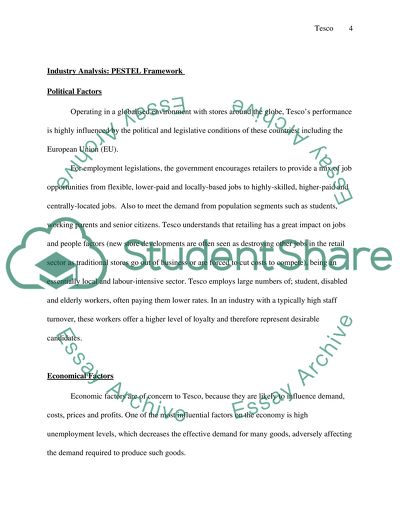Cite this document
(“Tesco Marketing Strategic Analysis Research Paper”, n.d.)
Tesco Marketing Strategic Analysis Research Paper. Retrieved from https://studentshare.org/marketing/1510494-marketing-strategy-essay
Tesco Marketing Strategic Analysis Research Paper. Retrieved from https://studentshare.org/marketing/1510494-marketing-strategy-essay
(Tesco Marketing Strategic Analysis Research Paper)
Tesco Marketing Strategic Analysis Research Paper. https://studentshare.org/marketing/1510494-marketing-strategy-essay.
Tesco Marketing Strategic Analysis Research Paper. https://studentshare.org/marketing/1510494-marketing-strategy-essay.
“Tesco Marketing Strategic Analysis Research Paper”, n.d. https://studentshare.org/marketing/1510494-marketing-strategy-essay.


